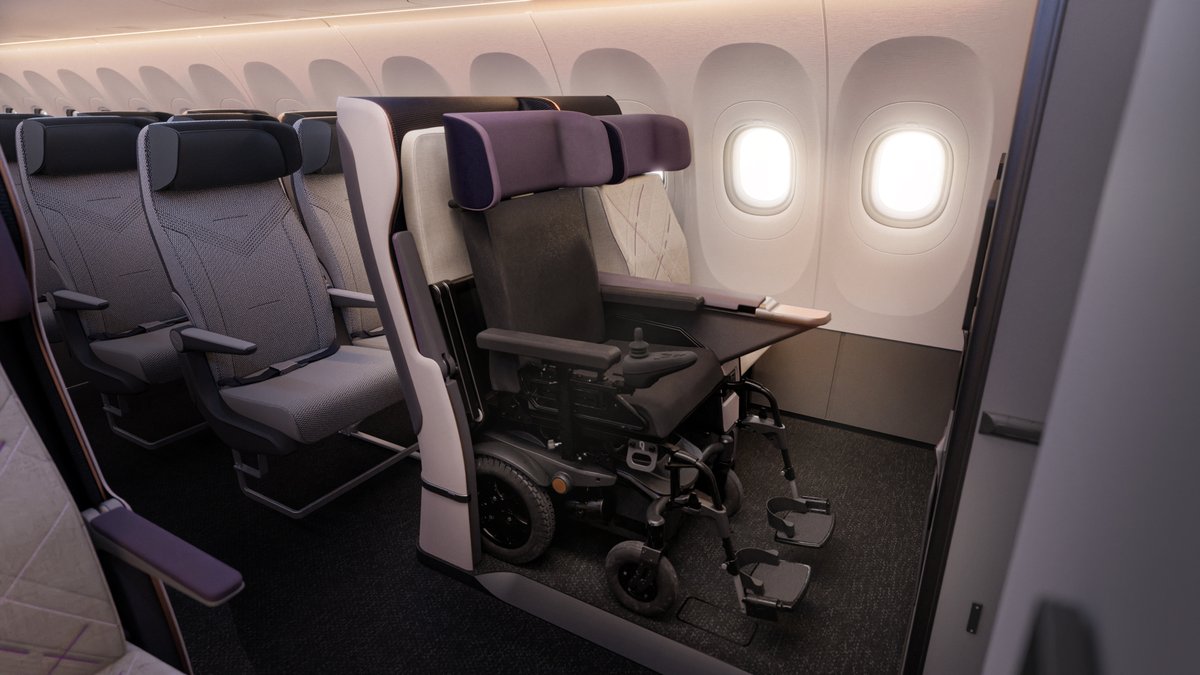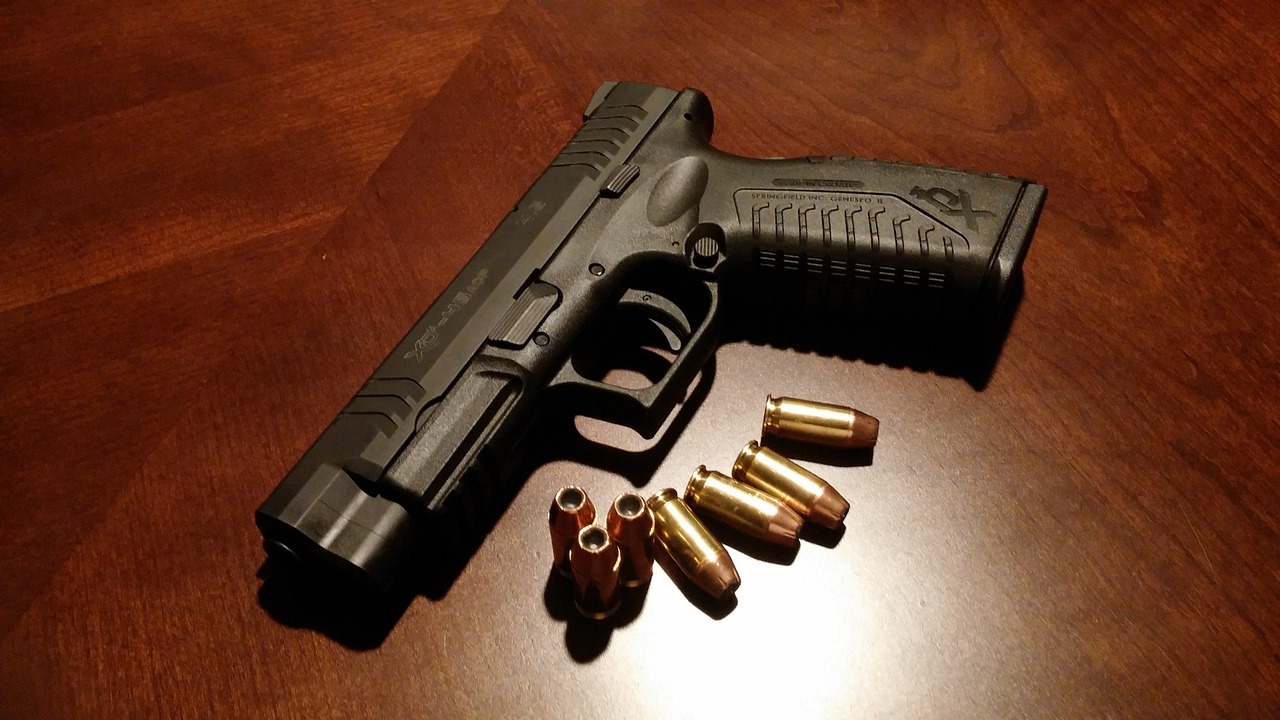I’ve done quite a bit of flying, for business and pleasure, over the 42 years I’ve lived with multiple sclerosis. It’s not easy traveling by air with my electric scooter, and I can’t imagine trying to fly with a 450-pound power wheelchair.
Actually, I don’t have to imagine. I have some friends who use power chairs and they’ve shared some stories.
Michael Morale tells me that, on a trip to California, his chair was loaded into the belly of the airplane, where the baggage handlers then loaded other luggage in it and on top of it. The result of all that weight was a cracked frame and a ruined motor.
Before flying to a conference at Disneyland in 2019, Kevin Schaefer and his mother researched suggestions for flying with a wheelchair, then wrapped his chair’s essential parts in bubble wrap and put detachable pieces into their suitcases. Still, the chair arrived damaged. The armrest that connects to the joystick was out of place, and the chair’s tray couldn’t be put back on. Kevin thinks his chair was dropped on its side. On the return trip, it was dropped again, twice in fact, and its arms were smashed.
Halsey Blocher doesn’t fly at all because she can’t ride her power wheelchair onboard and stay in it. That limits Halsey and her family to trips that are within a day or two’s drive. Being able to fly in her chair, she tells me, “would truly open up a whole new world of travel opportunities.”
Air4All might be the solution
How great would it be if people in power chairs could stay in them during a flight? Enter the Air4All aircraft seat, a prototype that was demonstrated at the Aircraft Interiors Expo in Hamburg, Germany, early this month.
The concept is simple. The Air4All seat can be used as a regular aircraft seat if there are no disabled travelers, but it also folds into itself to allow someone in a power chair to back into that space. The wheelchair is then latched down, similar to the way the chairs can be latched into motor vehicles, and its occupant stays in it.
That’s a lot better than having the wheelchair subjected to the uncertainties of the baggage compartment and its occupant subjected to being carried onboard in what Kevin calls the Hannibal Lecter chair: that tiny seat used to carry someone with a disability up the aircraft aisle to a standard seat.
Click through these pictures, courtesy of Air4All, to see the seat in its normal position, ready for a chair, and with a power chair in place in a B-737 cabin.
Air4All has partnered on this project with Delta Flight Products, a wholly owned subsidiary of Delta Air Lines. According to its website, the company was established to “re-think aircraft interiors.” It provides “full-service engineering, certification, and manufacturing to create innovative aircraft interior solutions to airlines around the world.” That sounds like just the services needed to make this idea a reality, and having a Delta connection certainly seems like a plus.
How soon before we see this in planes?
The Air4All seat will now undergo final design, testing, and certification. But certification won’t be a quick process. Air4All team member Chris Wood, founder of U.K.-based Flying Disabled, tells me in an email that it will all take another 18 months to two years.
That can’t happen quickly enough. According to the website Travel Weekly, in 2022 “the 10 largest U.S. airlines mishandled 11,389 wheelchairs or scooters, or 1.54% of the chairs they carried.” Many had hoped that a 2018 federal law requiring monthly reporting of wheelchair mishandlings would pressure the airlines to improve that number, but Travel Weekly says the damage rate for 2022 was precisely the same as it was in 2019.
You might think that 1.54% is a low rate for losing or breaking a wheelchair, but don’t tell that to Michael, Kevin, or Halsey. Their chairs are their legs.
Meanwhile, a bill recently introduced in Congress would require the U.S. Department of Transportation (DOT) to research allowing disabled passengers to board a flight and fly in their wheelchair — just what the Air4All chair is designed to make possible.
Let’s hope DOT does its research at supersonic speed, that other governments around the world will do the same, and that Air4All will quickly put some wings on those wheelchairs.
(A version of this post first appeared as my column on the MS News Today website.)






